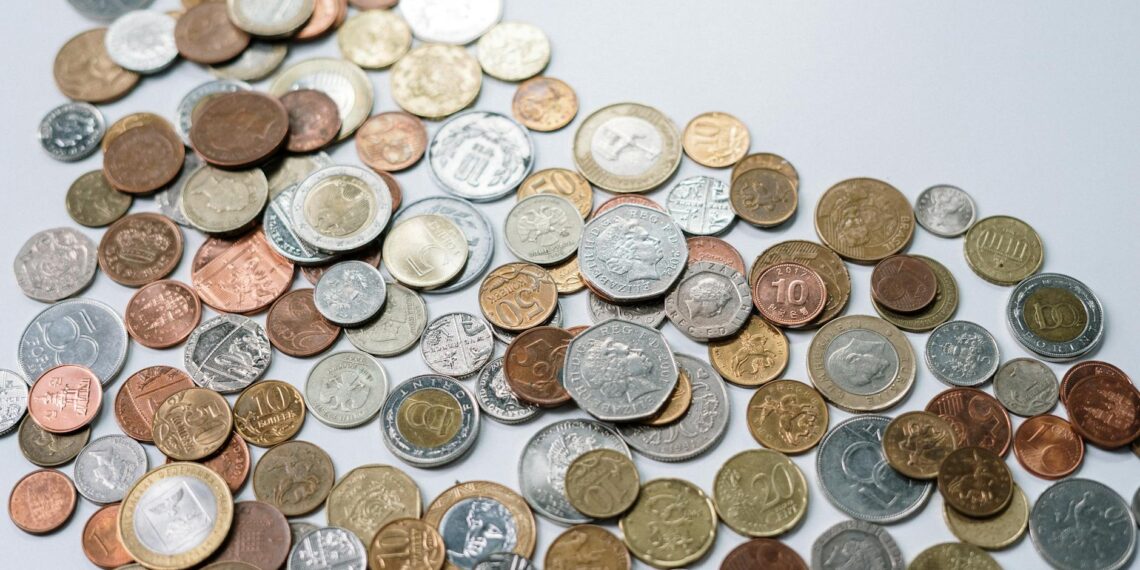The value of a dollar coin can vary significantly depending on several factors, but for the majority of modern dollar coins (like Sacagawea or Native American dollars), they are only worth their face value of $1.
Here’s a breakdown of what influences a dollar coin’s value:
- Significant premiums: These coins are the most valuable, even common dates being worth $35-45 due to their silver content alone.
- Melt value: They contain 0.773 troy ounces of pure silver, yielding a melt value of approximately $19.33 (based on a silver price of $25/ounce).
- Numismatic premiums: Rare dates or those in high grades can significantly increase their value, pushing them into the hundreds or even thousands of dollars.
- Generally face value: Most Eisenhower dollars are worth $1 or slightly more ($1.25 for pristine examples).
- Exceptions:
– 1973 dollars: These retail for about $2.50.
– 40% silver dollars: These typically retail for around $10.
– 40% silver proof dollars: These are worth around $11.
– 1972 Type 2 Reverse: This specific variety, struck with a proof die, can be worth $100 or more in mint condition.
– 1776-1976 Bicentennial dollar (thick lettering, uncirculated): Values range from $4 to $100 depending on strike quality.
- Face value: The vast majority of these coins are only worth their face value ($1).
- Collector versions: Higher grades or special mint products can command premiums, usually in the $4-12 range.
- Age and rarity: Older and rarer coins tend to be more valuable.
- Condition: Coins in pristine condition (graded using the Sheldon Scale from 1 to 70) are significantly more valuable than worn ones.
- Precious metal content: As mentioned earlier, silver dollars are inherently more valuable due to their silver content.
- Historical significance: Certain coins may be valuable due to their association with important historical events or figures.
- Collector demand and trends: The popularity of certain series can influence their market value.
- Key dates and low mintages: Coins from specific years or with limited production runs are generally more collectible.
- Error and variety coins: Coins with unique minting errors or variations can be highly sought after.
Note: If you believe you have a valuable dollar coin, it’s always best to consult with a professional coin appraiser or use reliable online resources and pricing guides, such as the [NGC] or [Greysheet] , for accurate valuation.











How much is a 2000 $1 dollar coin worth?
From my experience, These are popular coins but well over a billion have been minted since 2000. There are a couple of special varieties that are collectible like the 2000-P Cheerios coin. However, your regular strike Sacagawea coins are still just worth $1 and will likely only be worth a dollar for the foreseeable future.